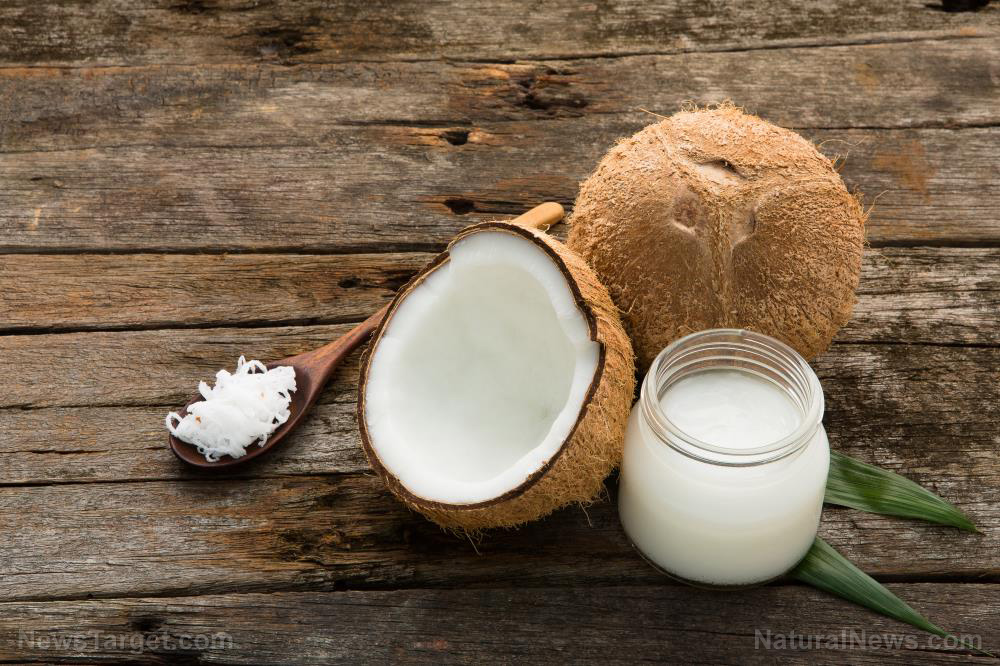Schizandrin A can improve diet-induced non-alcoholic fatty liver disease
02/07/2020 / By Evangelyn Rodriguez

Researchers from Pukyong National University and Kyungpook National University in South Korea investigated the effects of schizandrin (SCH) A supplementation on non-alcoholic fatty liver disease (NAFLD). Their findings appeared in the journal Nutrition Research.
- SCH A is a lignan found in the fruits of plants from the Schisandra genus.
- The researchers hypothesized that SCH A would exert protective effects against a high-fat, high-cholesterol (HFHC) diet-induced NAFLD by regulating lipid metabolism and oxidative stress.
- To test this hypothesis, they studied male C57BL/6J mice fed a HFHC diet with or without SCH A for 15 weeks.
- They noted no significant differences in food intake, body weight, fat mass and plasma total cholesterol level between the two groups.
- The researchers found that SCH A supplementation significantly decreased the following:
- Plasma free fatty acid levels
- Triglyceride levels
- Hepatic free fatty acid content
- Hepatic triglyceride content
- Hepatic cholesterol content
- Hepatic lipid droplet accumulation
- Activity of hepatic enzymes involved in fatty acid and triglyceride synthesis
- Hepatic lipid peroxidation
- On the other hand, SCH A significantly increased the following:
- Plasma high-density lipoprotein (HDL) cholesterol levels
- Hepatic B-oxidation- and fatty acid oxidation-related gene expression
- Fecal excretion of free fatty acid and triglycerides
- Expression of genes involved in cholesterol homeostasis in the liver
- Activity of hepatic antioxidant enzymes activity
Based on these results, the researchers concluded that SCH A alleviates HFHC diet-induced NAFLD by regulating hepatic lipid metabolism, oxidative stress and fecal lipid excretion.
Journal Reference:
Jeong MJ, Kim SR, Jung UJ. SCHIZANDRIN A SUPPLEMENTATION IMPROVES NONALCOHOLIC FATTY LIVER DISEASE IN MICE FED A HIGH-FAT AND HIGH-CHOLESTEROL DIET. Nutrition Research. April 2019;64:64–71. DOI: 10.1016/j.nutres.2019.01.001
Tagged Under: alternative medicine, five-flavor berry, food cures, food is medicine, food science, fruits, functional food, good health, liver damage, liver health, natural cures, natural medicine, phytonutrients, remedies, research, schizandrin A


















